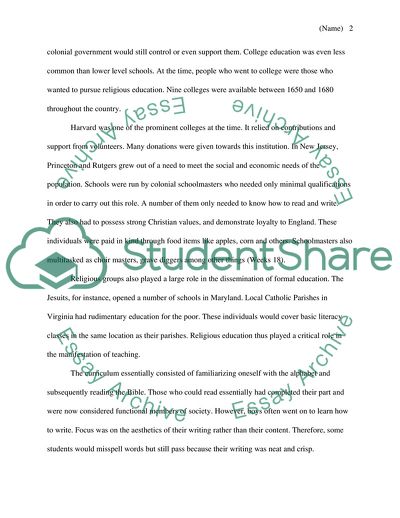Cite this document
(Education Curriculum 1650-1680 Essay Example | Topics and Well Written Essays - 1250 words, n.d.)
Education Curriculum 1650-1680 Essay Example | Topics and Well Written Essays - 1250 words. https://studentshare.org/education/1807591-education-curriculum-1650-1680
Education Curriculum 1650-1680 Essay Example | Topics and Well Written Essays - 1250 words. https://studentshare.org/education/1807591-education-curriculum-1650-1680
(Education Curriculum 1650-1680 Essay Example | Topics and Well Written Essays - 1250 Words)
Education Curriculum 1650-1680 Essay Example | Topics and Well Written Essays - 1250 Words. https://studentshare.org/education/1807591-education-curriculum-1650-1680.
Education Curriculum 1650-1680 Essay Example | Topics and Well Written Essays - 1250 Words. https://studentshare.org/education/1807591-education-curriculum-1650-1680.
“Education Curriculum 1650-1680 Essay Example | Topics and Well Written Essays - 1250 Words”. https://studentshare.org/education/1807591-education-curriculum-1650-1680.


